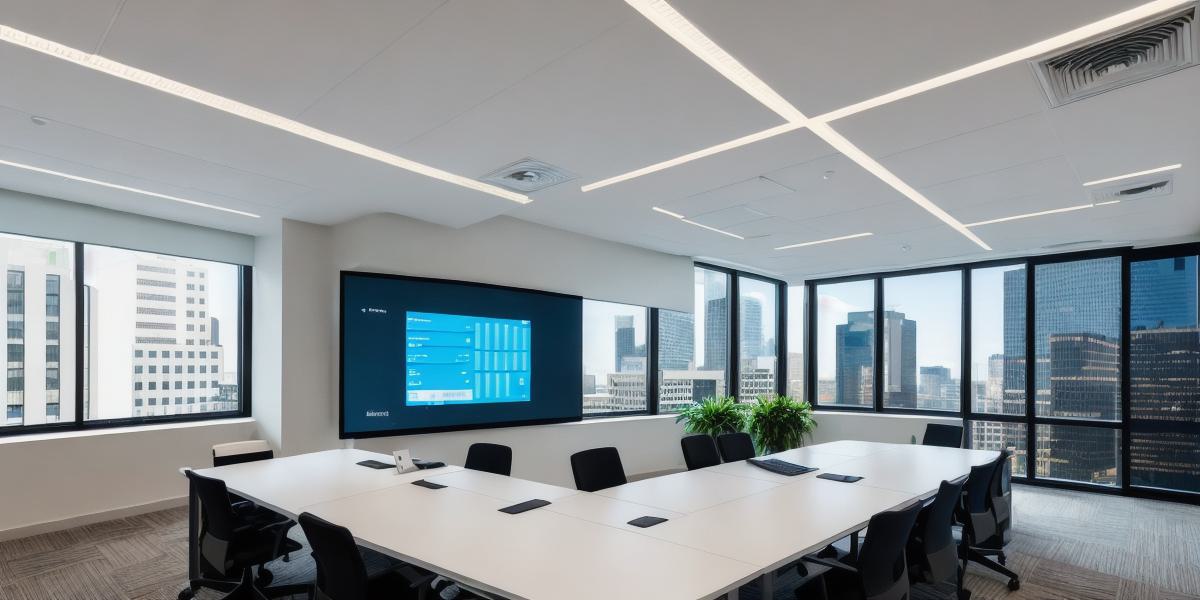Mergers and acquisitions (M&A) are complex processes that require careful planning and preparation. A key aspect of an M&A transaction is setting up a data room, which serves as a secure virtual space for sharing crucial business information with potential buyers or investors. In this response, we’ll discuss the essential components of an M&A data room structure.
1. Due Diligence Materials
:
This section houses all the critical financial and operational data that buyers need to assess the target company. Such materials include audited financial statements, tax returns, contracts, leases, intellectual property information, and legal documents.
2. Board of Directors & Management Information
:
Buyers often want to evaluate the leadership team’s performance and their role in the business. Provide access to board meeting minutes, organizational charts, resumes or CVs, and compensation details for key executives.
3. Customer Information
:
Share customer contracts, demographic information, contact lists, and marketing materials to give potential buyers a sense of the target company’s client base and market position.
4. IT Infrastructure & Systems
:
Buyers will want to understand the technology infrastructure and its integration with business processes. Provide details on hardware, software, servers, databases, and any ongoing or planned IT projects.
5. Human Resources
:
HR-related documents include employee policies, payroll records, benefits information, and union contracts (if applicable). This data helps potential buyers understand the workforce and labor costs.

6. Real Property & Facilities
:
If real estate plays a significant role in the target company’s business, include leases, property appraisals, and other relevant documents.

7. Regulatory Compliance
:
Provide documentation on regulatory approvals and permits, as well as any ongoing or pending legal actions.
8. Financial Projections & Business Plans
:
Share financial projections for the next three to five years and the underlying assumptions that support those projections. Additionally, include business plans outlining growth strategies and market opportunities.
In conclusion, an M&A data room is a vital component of the transaction process. It provides potential buyers with easy access to critical information about the target company, enabling them to perform thorough due diligence and make informed decisions. By organizing the data room around the key components outlined above, companies can ensure a smooth and efficient deal-making process.
